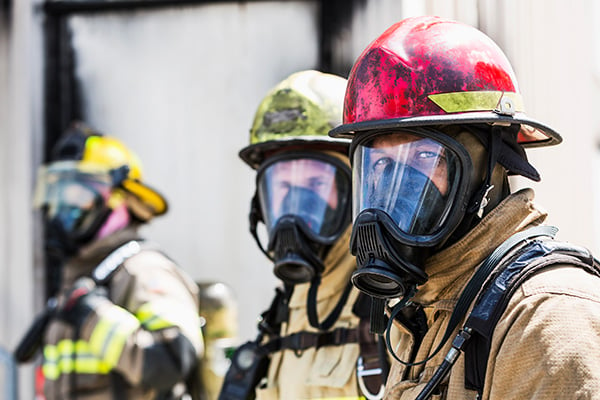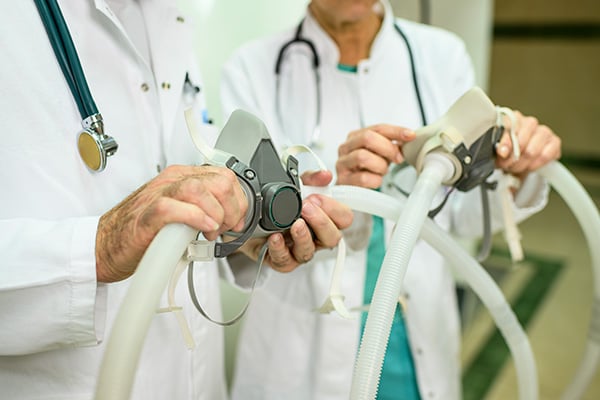
RESPIRATOR EXAMS
Getting The Right Fit

WHAT IS A RESPIRATOR MEDICAL EVALUATION?
A respirator medical evaluation is a health assessment that determines if an employee is medically fit to wear a respirator on the job. Also known as a respirator medical clearance, this evaluation helps to protect employees’ health at work and ensures workplace compliance with respiratory protection standards established by the Occupational Safety and Health Administration (OSHA).

THE IMPORTANCE OF RESPIRATOR Exams
Respirator medical evaluations are designed to ensure employees exposed to respirable toxins are properly protected. The results of the respirator medical evaluation also help employers make informed decisions about which employees can use respirators under specific environmental conditions and physical demands. Some medical conditions can make it difficult for an employee to wear a respirator at work. A respirator medical evaluation can help detect if wearing a respirator will limit or interfere with:
- Breathing
- Vision
- Communication
- Use of other required equipment

HOW RESPIRATOR MEDICAL EVALUATIONS WORK
A respirator medical evaluation requires an employee to complete an OSHA Respirator Medical Evaluation Questionnaire. A physician or other licensed health care provider (PLHCP) reviews the questionnaire responses to determine if the employee has any symptoms or conditions that could undermine the effectiveness of a respirator. A follow-up medical exam and testing may also be performed before rendering a final decision.

RESPIRATOR MEDICAL Exam RESULTS
If an employee receives respirator medical clearance, the clinician provides the employee and employer with a written medical opinion (WMO) for respirator use. Then, the employee undergoes a respirator fit test. OSHA requires a respirator medical evaluation before the initial respirator fit test, and the respirator medical evaluation and respirator fit test must be completed before respirator use on the job. If an employee is not cleared for respirator use or reveals potential limitations associated with a certain respirator, the clinician may request additional medical information or recommend an alternative, such as a loose-fitting facepiece.